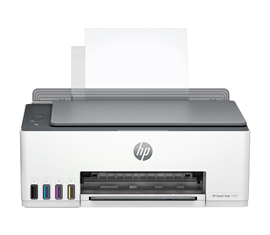
Install a new printer here
Keeping your printer software updated is really important. It helps make sure your printer runs smoothly, stays safe, and works well with your computer or phone.
- Your printer is all set up and working now.
- We've installed the new printer for you
- If your printer is showing an error code
- Having trouble connecting to Wi-Fi or
- Not linking up with your computer
Printer and Scanner Services: Maintenances, Repairs and Troubleshooting Solutions

Printer Setup issues
Print Perfect: Troubleshoot Setup Snags Swiftly
Scanners issues
Wireless Woes? Print and Scan Stress- Feel!

Printer Offline issues
Print Brilliance, Resolve Hassles With EDrivers.

Software and Drivers
Enhance potentially
Not sure which printer to buy?
For home & office use
Quote- Connect wirelessly
- Simple installation
- Quick setup
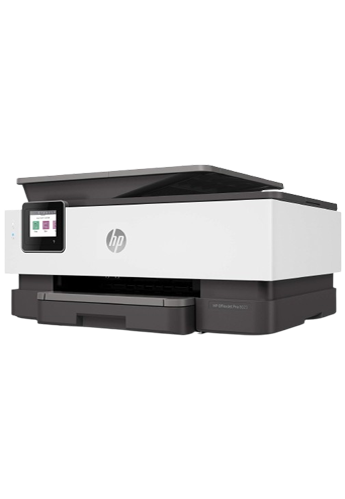
Printer Drivers & Installation Services In Your Locality

Repair & Maintenance
Repairing and maintaining printers can differ based on the printer model and your operating system. But, I can offer general steps to help set up and configure most printers. Chat with our experts for additional guidance.


Printer Drivers
It is essential for getting your printer to work properly with your computer. The setup process can differ based on your printer model and operating system. However, our experts can offer general steps to guide you through the setup and configuration. Feel free to reach out to them for assistance.



Software and Application Troubleshooting
The setup and configuration of a printer can differ depending on the printer model and your operating system. However, I can offer general steps that should work for most printers. For more specific guidance, feel free to chat with our experts.

Data Backup & Recovery
The process of setting up and configuring a printer can differ based on the particular printer model and the operating system you have. Nonetheless, I can offer general steps that are likely to assist you in setting up and configuring most printers. If you require more comprehensive guidance, please feel free to chat with our experts.



Add Printer in device
Setting up and configuring a printer can differ depending on the printer model and your operating system. However, I can offer general steps that should assist you in setting up and configuring most printers. For more detailed guidance, feel free to chat with our experts.

Wireless Printer
Setting up a printer can be different based on its model and your operating system. I can give you general steps that work for most printers, but for more specific advice, feel free to chat with our experts.
Solutions to Some Common Printer Problems
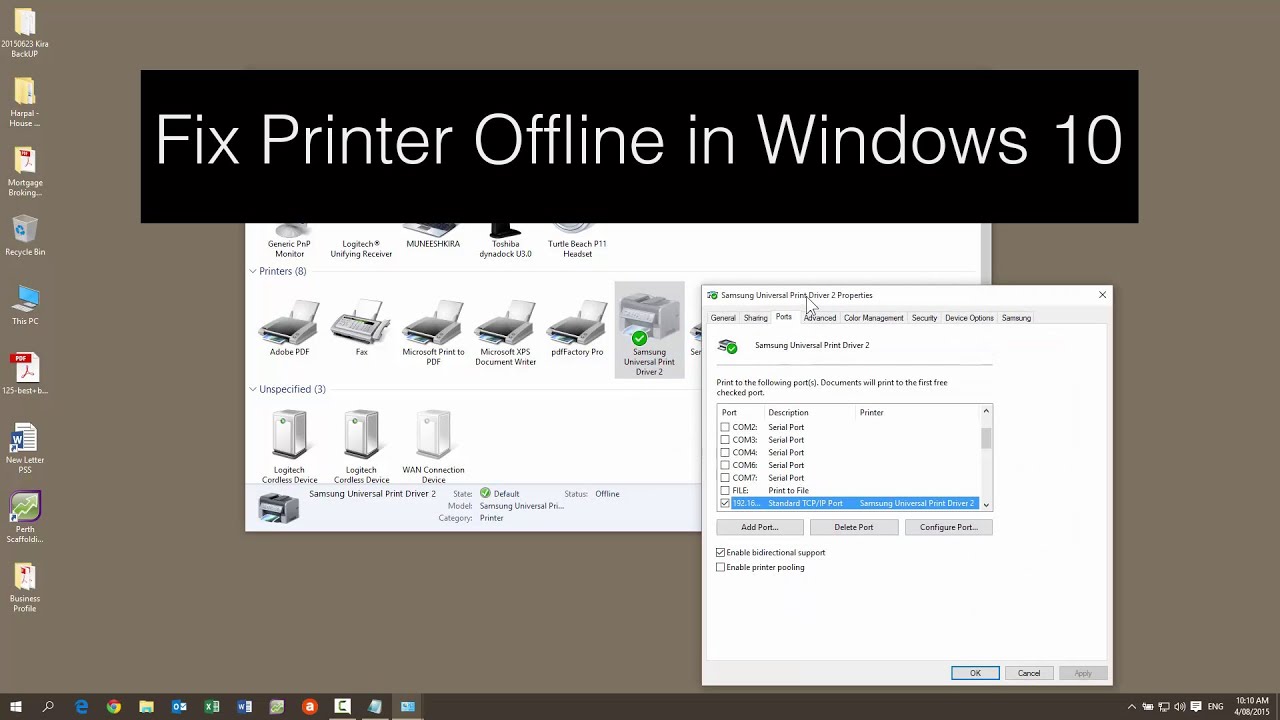
Fix Printer Offline Errors At Ease
- Verify Connections: Ensure that the printer is properly connected either via cables (for wired printers) or to the correct Wi-Fi network (for wireless printers).
- Restart Your Printer: Turn off your printer, wait for about 30 seconds, and then turn it back on. This can often resolve connectivity issues.
- Restart Your Computer: Sometimes a simple reboot of your computer can help establish a fresh connection with the printer.
- Check Printer Status: Open your computer's printer settings, locate your printer, and ensure it's set to "Online" or "Ready."
- Clear Print Queue: Remove any pending print jobs from the printer queue to ensure there are no stuck or conflicting print tasks.
- Update Printer Drivers: Visit the website of your printer's manufacturer to download and install the latest drivers compatible with your operating system.
- Check for Software Interference: Temporarily disable any firewall or antivirus software that might be blocking communication with the printer.
- Reinstall Printer: Remove the printer from your computer's list of devices and reinstall it by adding it back and following the setup instructions.
- Verify Network Settings (Wireless Printers): Ensure both your printer and computer are connected to the same Wi-Fi network and that the printer's wireless settings are configured correctly.
- Seek Manufacturer Support: If the problem persists, contact the manufacturer's support for further assistance and troubleshooting tailored to your specific printer model.
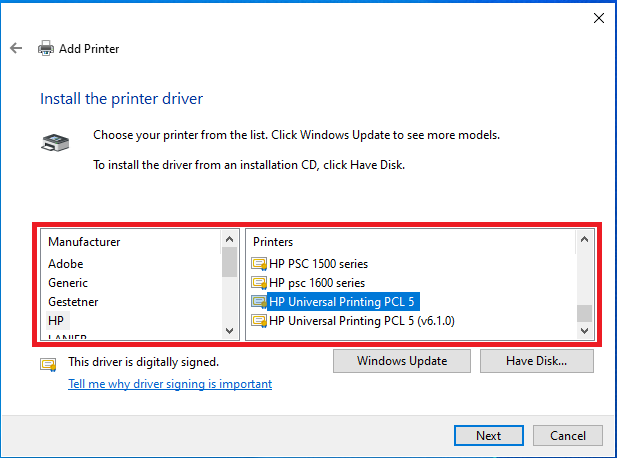
What Are Printer Drivers and Why Are They Important?
Printer drivers are essential software components that enable communication between your computer and your printer. They act as intermediaries, allowing your operating system to send print commands to the printer hardware.
Here's why printer drivers are important:
- Command Translation: Printer drivers translate commands from your computer into a format that the printer can understand. This includes converting text, images, or graphics into data that the printer can process and print.
- Hardware Interaction: Printer drivers facilitate interaction with specific printer features like paper size, resolution settings, color options, and duplex printing (double-sided printing). The correct driver ensures that your computer can utilize all the functions of your printer.
- Compatibility with Operating Systems: Different printers require specific drivers compatible with your computer's operating system (e.g., Windows, macOS, Linux). Printer drivers ensure seamless integration between your printer and OS.
- Updates and Fixes: Manufacturers release driver updates to enhance performance, add features, or fix compatibility issues. Using the latest driver version can improve printer functionality and resolve problems.
- Troubleshooting: When encountering printing issues such as offline errors or connectivity problems, updating or reinstalling the printer driver can often resolve these issues.
- Optimal Performance: A properly installed and updated printer driver helps optimize printing tasks, ensuring accurate and error-free print jobs.
In summary, printer drivers are vital for enabling effective communication and maximizing the functionality of your printer from your computer. Keeping your printer drivers updated is crucial for smooth operation and compatibility with your system, leading to an enhanced printing experience.
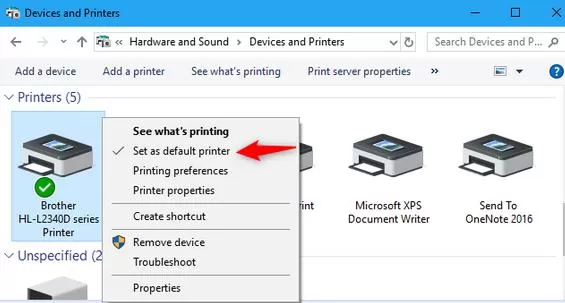
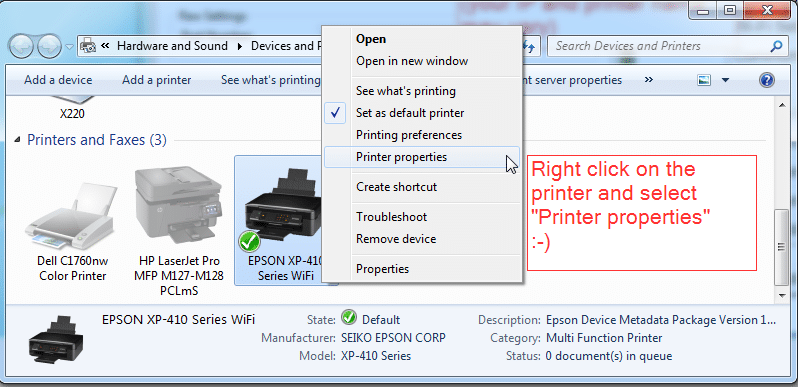
Why Does The Printer Keep Going Offline?
The issue of a printer going offline can be caused by various factors, and troubleshooting involves identifying the underlying cause. Here are common reasons why a printer may go offline:
- Connection Problems:
- Physical Connections: Ensure that the USB or Ethernet cable (for wired printers) is securely connected between the printer and the computer. For wireless printers, check the Wi-Fi connection and ensure it's stable.
- Network Stability: Issues with Wi-Fi signal strength or network interruptions can lead to the printer going offline. Ensure the printer has a consistent and strong connection to the network.
- Printer Configuration:
- Printer Status: Check the printer's settings through its control panel or settings menu to verify if it's set to online mode.
- Paper or Ink/Toner Levels: Insufficient paper in trays or low ink/toner levels can cause the printer to appear offline. Make sure paper trays are filled, and replace ink or toner cartridges if needed.
- Driver Related Issues:
- Outdated or Corrupt Drivers: An outdated or corrupted printer driver can disrupt communication with the printer and cause it to go offline. Update the printer driver to the latest version compatible with your operating system.
- Print Jobs and Queue:
- Stuck Print Jobs: A stuck or incomplete print job in the print queue can prevent new jobs from printing and cause the printer to go offline. Clear the print queue to resolve this issue.
- Power and Hardware Concerns:
- Restart the Printer: Power cycle the printer by turning it off, waiting for a few seconds, and then turning it back on. This can resolve temporary hardware issues.
- Hardware Problems: Check for any physical issues like paper jams, faulty components, or internal errors that may be causing the printer to go offline.
- System or Software Issues:
- Operating System Updates: Ensure your computer's operating system is up to date, as updates can affect printer settings or driver compatibility.
- Firewall or Security Settings: Sometimes, firewall settings or security software on your computer can block communication with the printer. Temporarily disable such software to check if it resolves the issue.
- To troubleshoot the printer offline problem:
- Restart both the printer and your computer.
- Verify all connections and ensure the printer setup is correct.
- Update the printer driver to the latest version available.
- Clear any stuck print jobs from the print queue.
- Check printer settings and confirm that the printer is set to online mode.
If the issue persists after trying these steps, consult the printer's user manual or contact the printer manufacturer's support for further assistance.
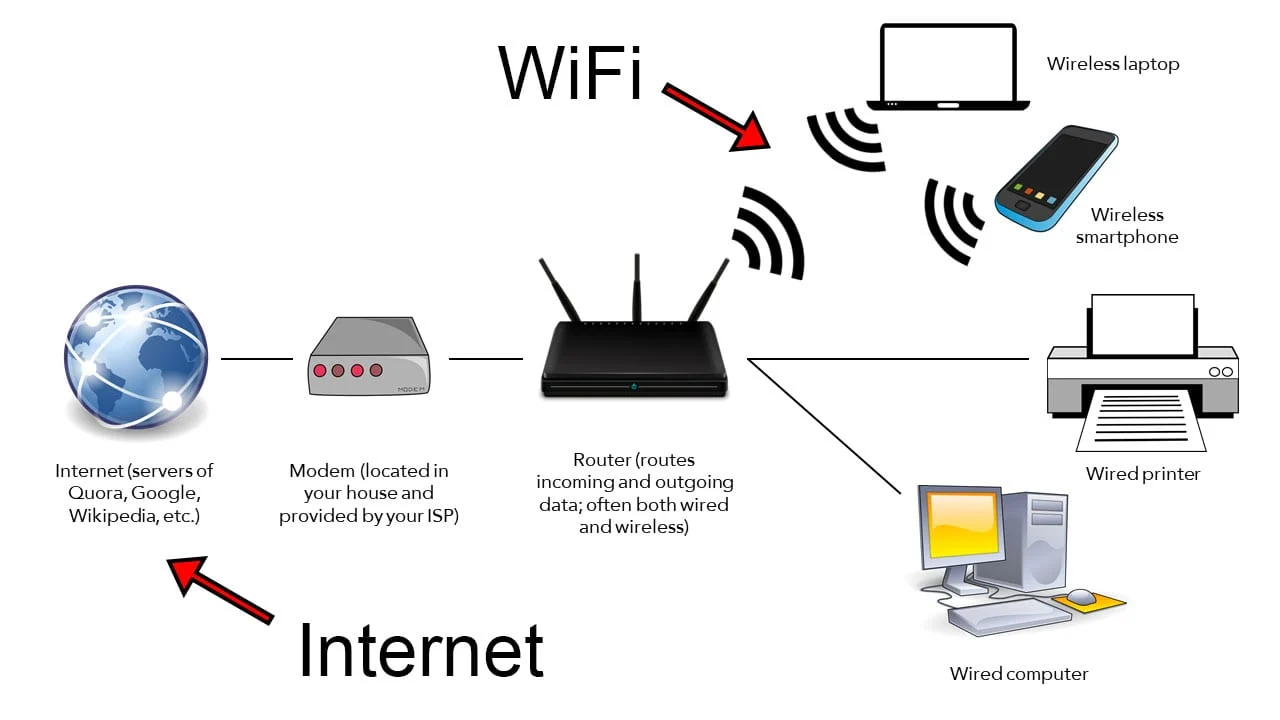
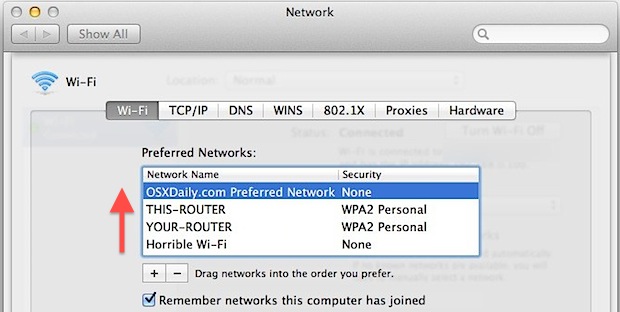
How to Add a Printer To Your Wifi Network?
Adding a printer to your Wi-Fi network involves a series of steps to enable wireless communication between the printer and your computer or other devices on the same network. Here's a guide on how to do it:
Steps to Add a Printer to Your Wi-Fi Network:
- Prepare Your Printer:
- Make sure your printer supports wireless connectivity (Wi-Fi).
- Position your printer within the range of your Wi-Fi router for a stable connection.
- Connect the Printer to Wi-Fi:
- Consult your printer's manual for specific instructions on connecting it to Wi-Fi. Typically, you can do this using the printer's control panel or touchscreen interface.
- Access the printer's settings menu and locate the wireless or network settings.
- Choose your Wi-Fi network from the list of available networks.
- Enter the Wi-Fi password (if prompted) to authenticate and establish a connection between the printer and your Wi-Fi network.
- Install Printer Software and Drivers:
- If you haven't already installed the printer software and drivers on your computer, visit the printer manufacturer's website to download the latest software.
- Follow the installation instructions provided with the software to install the printer on your computer.
- Add the Printer to Your Computer:
- On Windows: Open the Control Panel, go to "Devices and Printers," and click on "Add a printer." Follow the on-screen prompts to locate and add your printer.
- On macOS: Open System Preferences, go to "Printers & Scanners," and click on the "+" button to add a new printer. Your computer will search for available printers on the network.
- Test the Printer:
- Print a test page to confirm that the printer is successfully connected to your Wi-Fi network and working correctly.
- If the test page prints successfully, your printer is now set up and ready for wireless printing.
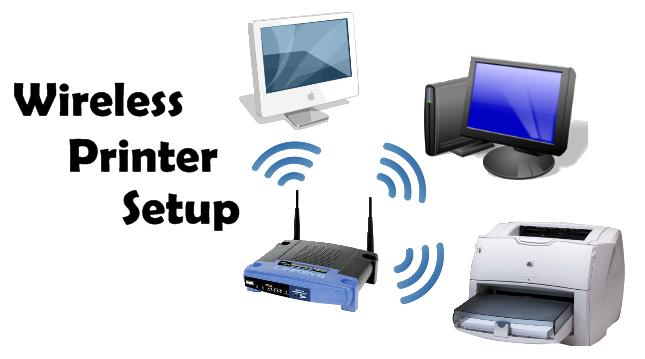
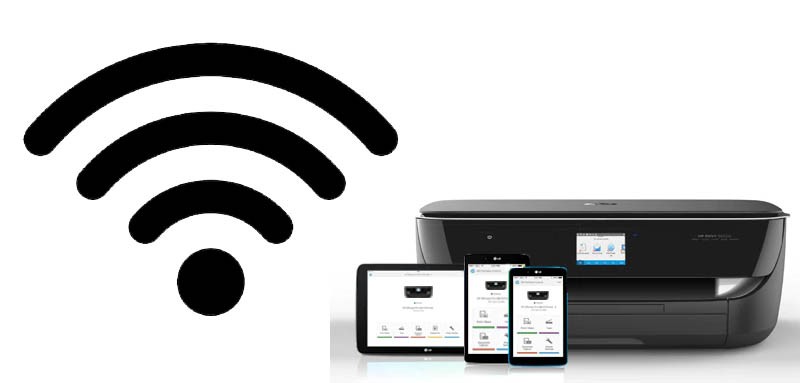
Effortless Wireless Printer Setup.
Setting up a wireless printer can be a straightforward process if you follow these steps:
Steps for Easy Wireless Printer Setup:
- Prepare Your Network:
- Make sure you know your Wi-Fi network name (SSID) and password
- Position Your Printer:
- Place your printer within the range of your Wi-Fi router for a stable wireless connection.
- Power On Your Printer:
- Plug in your printer and turn it on. Allow it to complete its initialization process.
- Access Printer Settings:
- Use the printer's control panel or display screen to navigate to the wireless or network settings.
- Connect to Wi-Fi:
- Select the option to connect to a wireless network and choose your Wi-Fi network from the available list.
- Enter Wi-Fi Credentials:
- If prompted, enter your Wi-Fi network password using the printer's interface to establish a connection.
- Install Printer Software and Drivers:
- On your computer, visit the printer manufacturer's website to download the latest software and drivers for your printer model and operating system.
- Run Setup Wizard:
- Launch the printer software installation package on your computer and follow the on-screen instructions to install the necessary software and drivers.
- Add Printer to Your Devices:
- Once the software installation is complete, the setup wizard should automatically detect your printer on the network.
- Follow the prompts to add the printer to your list of devices on your computer.
- Test Your Printer:
- Print a test page from your computer to verify that the printer is successfully connected and ready for use.
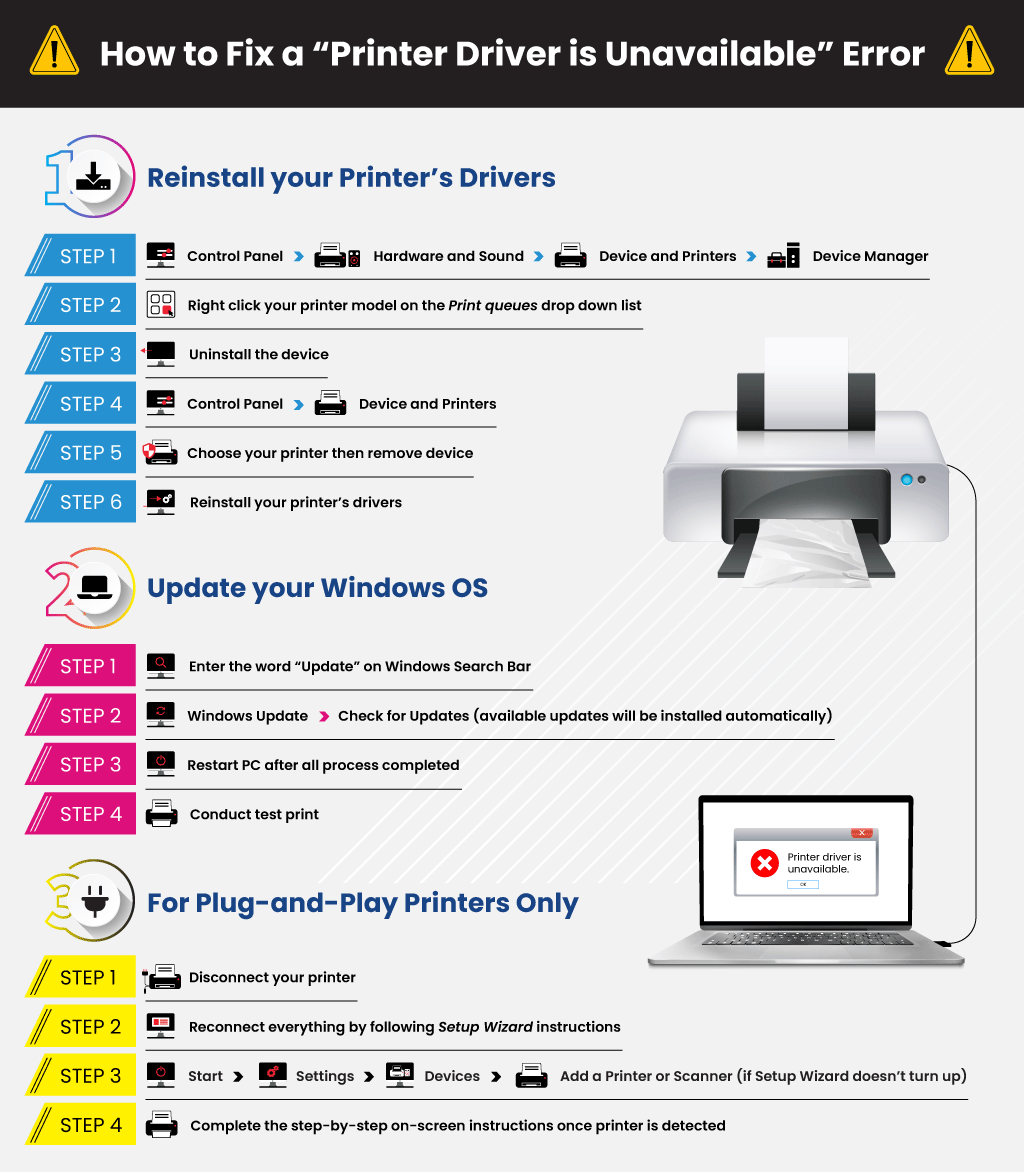
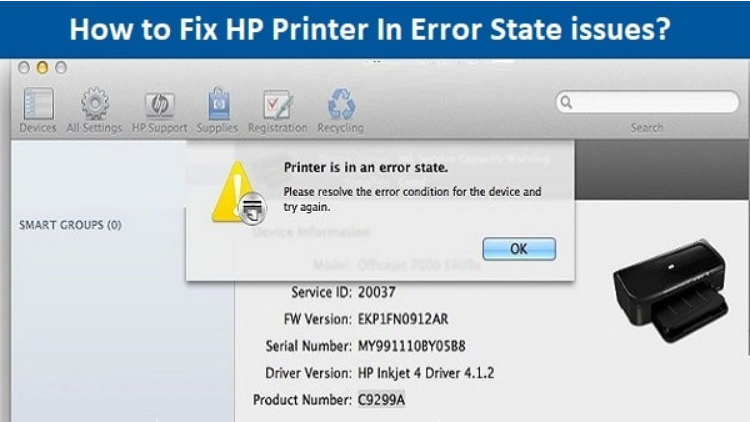
Fix Printer Driver Unavailable Error with ease
To fix the "Printer Driver Unavailable" error with ease, you can try the following steps:
Steps to Resolve "Printer Driver Unavailable" Error:
- Restart Your Computer and Printer:
- Start by restarting both your computer and printer. This simple step can often resolve temporary issues.
- Check Printer Connection:
- Ensure that your printer is properly connected to your computer. For a wired connection, check the USB cable; for a wireless connection, ensure the printer is connected to the same Wi-Fi network as your computer.
- Update Printer Driver:
- Open the Device Manager on your computer (search for "Device Manager" in the Start menu).
- Locate your printer under "Print queues" or "Other devices."
- Right-click on your printer and choose "Update driver."
- Select "Search automatically for updated driver software" and follow the on-screen instructions to update the driver.
- Reinstall Printer Driver:
- If updating the driver doesn't work, try reinstalling the printer driver:
- Open the Device Manager again.
- Right-click on your printer and select "Uninstall device."
- Disconnect the printer from your computer.
- Visit the printer manufacturer's website to download the latest driver for your printer model.
- Install the downloaded driver by following the on-screen instructions.
- Use Windows Troubleshooter:
- Windows has a built-in troubleshooter that can help identify and fix printer-related problems:
- Go to Settings > Update & Security > Troubleshoot.
- Select "Printer" and run the troubleshooter to diagnose and resolve issues.
- Check for Windows Updates:
- Ensure that your Windows system is up to date:
- Go to Settings > Update & Security > Windows Update.
- Install any available updates and restart your computer if prompted.
- Reconnect and Test:
- After completing the above steps, reconnect your printer to your computer.
- Print a test page to check if the issue is resolved.
- Additional Tips:
- Make sure to download the correct driver compatible with your printer model and operating system version.
- Disable any third-party antivirus or firewall software temporarily while troubleshooting printer driver issues.
- Contact the printer manufacturer's support or visit their website for specific troubleshooting steps related to your printer model.
By following these steps, you should be able to fix the "Printer Driver Unavailable" error and get your printer working smoothly with your computer again. If the problem persists, consider seeking further assistance from technical support or professional services.
Disclaimer: Geekbuds is an independent support provider for printers and is not affiliated with any leading printer brand companies. All products listed on our site are for informational purposes only, intended to help customers make informed decisions when purchasing the right printer for their needs. We aim to provide accurate and up-to-date information, but we do not guarantee the completeness or reliability of the product details provided. For any product-specific issues, please contact the manufacturer directly.






